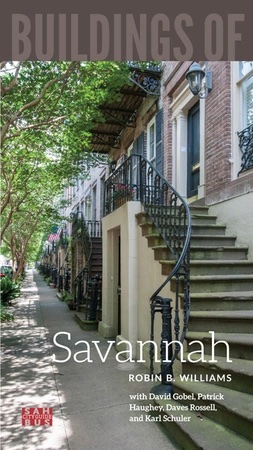
Around 1739, Jones began constructing a small wattle-and-daub house measuring 32 × 24 feet, which faced the river and was occupied until c. 1740. Given his responsibilities to defend the colony against the Spanish and other intruders, he then fortified his house with a rectangular tabby wall anchored by four corner bastions, finishing it in 1744. The careful design of the architecture demonstrates Jones’s knowledge of both colonial construction techniques and military structures. The remains of the fortified house comprise one of Georgia’s best surviving examples of tabby construction, using a mixture of lime, sand, water, and crushed oyster shells. Although debate surrounds the origins of the technique and even the term (which may be related to the Spanish word tapia derived from the Arabic tabiyah), by the seventeenth century the Spanish had introduced its use in North America, inspiring English colonists throughout the southern colonies to employ the method and materials for slave quarters, agricultural buildings, domestic buildings, sidewalks, and other urban improvements during the eighteenth and early nineteenth centuries. Brick buttresses were added to the tabby fort to stabilize the walls and a stone monument was placed there in 1875.

